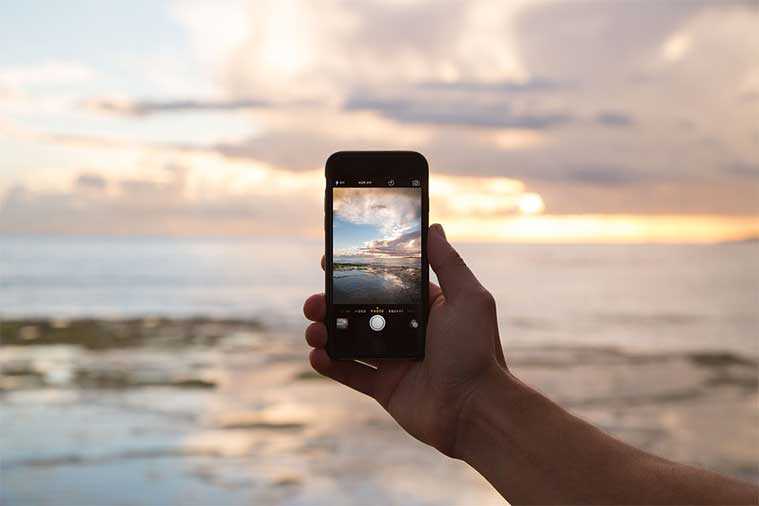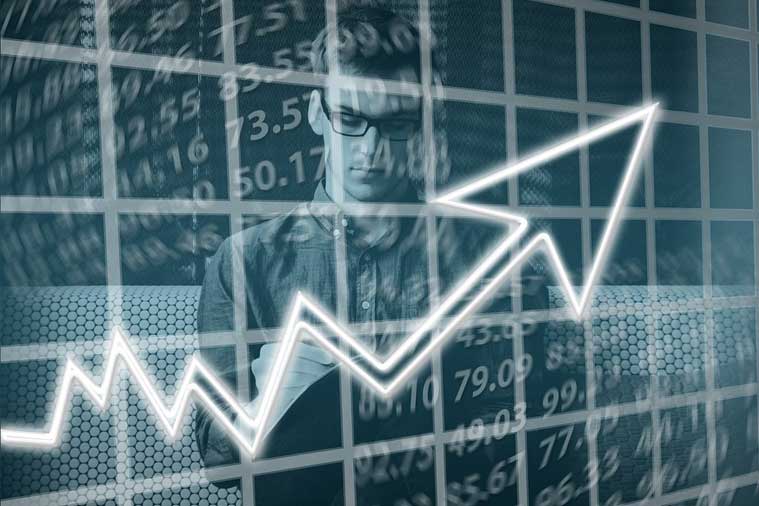
Computer Vision
We are experts at building state of the art solutions using the latest in AI. We have experience with deploying many types of computer vision models for clients in a variety of verticals. Contact us to learn more:
Expertise with:
- Image Classification – Classifying images into different categories is a fundamental task in computer vision and deep learning models are getting to human level accuracy in classification. Read about how we classified road signs into different classes for self driving cars here.
- Face Detection and Recognition – Through advances in facial detection research, machines are now able to detect human faces in images. Many businesses are starting to use facial recognition as a biometric security, understand emotions from faces and much more. Read about how we built a pipeline for real time face detection, identification and emotion recognition here.
- Object Detection – With deep learning we can now detect and localize objects in images and videos using architectures like SSD, Faster RCNN, YOLO, RetinaNet etc. We have built over 50 custom object detection models for different applications in Retail, Sports, Health care, manufacturing etc. Read about how we combined object detection with opencv based analytics for better understanding of soccer games here.
- Aerial detection – With the cost of drones decreasing, there is a surge in aerial data being generated. Aerial object detection is a an important yet challenging problem in computer vision. We used a RetinaNet to build a powerful aerial pedestrian detection model. Read more here.
- Object Tracking- Object tracking involves tracking an object across a series of frames as they move across the scene. Object tracking can be a starting point to enable more detailed understanding of user behavior, example if a store tracks how its customers move around and shop. Read about how we used the deep sort algorithm to allow for simultaneous tracking of multiple pedestrians here.
- Object Segmentation – Object Segmentation implies understanding pixel wise location of an object in an image. This allows for a deeper understanding that is needed for many tasks. Read about how we built a model for understanding the extent of damage in a car here.
- Audio based classification – Audio data is everywhere and is being used for many machine learning applications. This is so that our models can not only “see” their surroundings but “hear” them as well. We are also increasingly using audio to interact with smart agents like Siri and Alexa. We used CNNs and RNNs to build a powerful audio classification model. Read more here.
- Handwriting recognition – We can use AI to now read printed and handwritten texts on forms and documents allowing us to automatically “scan” and save this information to a database. Handwriting can also be used for recognizing writers. We built a tensorflow model for this. Find out more in our blog here.
- 2D/3D pose – We have used deep learning to map 2D and 3D pose for humans playing sports allowing for better understanding of player techniques.


